|
Found in sand, on arroyo edges Seen blooming in August on the Madera Trail, Santa Fe NF Frosted Mint is a sprawling, greyish, aromatic shrub growing one to three feet high and three feet across covered in fine, white hairs. The leaves are small and narrow. Tiny, two-lipped flowers grow in whorls at the base of the upper leaves forming long clusters. Flowers are pale lavender with purple spots on the lower lip. I have seen these plants in bloom from June to August. Depending on the time of year, the plant will smell more like rosemary, mint, or a combination of the two. Traditionally, the leaves were eaten raw, cooked or dried and used as a flavoring in seed mushes and other dishes. The plant has been used externally in the treatment of sores, rheumatism and ear problems. The leaves have been used to sweeten the flavor of other medicinal herbs whilst increasing their potency. Source. If you are trying to identify a different flower then you can check what other flowers bloom this month. If you cannot identify a flower from the website, send a photo and where you took it to [email protected]. Read online for tips.
0 Comments
Alkali Buttercup, Seaside Crowfoot, Marsh Buttercup,Ranunculus cymbalaria,Buttercup (Ranunculaceae)8/7/2023 Found in wet areas, bogs, stream sides
Seen blooming in August by the Rio Chama Buttercups are usually found in moist environments so we don’t see too many of them in our dry, high desert. The Alkali Buttercup is fairly common in the right environment, which is muddy and often saline. It grows to less than 12 inches high with erect flowering stems and runners that take root and create colonies. Its glossy green leaves are mostly roundish, less than one inch wide, with scalloped edges and stalks up to three inches long. Flowers are small, less than 1/2 inch wide, with five petals. What appears to be more petals are yellow sepals, another feature of buttercups. A green, oblong seed head rises to 1/2 inch from the center of the flower. Traditionally, various Navaho groups used the Alkali Buttercup as a venereal aid, an emetic, and a ceremonial medicine. The Kawaiisu used it as a dermatological aid. Source. If you are trying to identify a different flower then you can check what other flowers bloom this month. If you cannot identify a flower from the website, send a photo and where you took it to [email protected]. Read online for tips. Found in rocky flats and canyons among grasses, scrub, and junipers
Seen blooming in August in Plaza Blanca Beardlip Penstemon has spikes of tubular flowers which are very attractive to hummingbirds. It grows to four feet tall with long, narrow, dark green leaves, mostly at the base of the plant. The flowers are 1½ inches long and have two long protruding upper lobes and three lower lobes with golden hairs in the throat. It blooms for many weeks. Native Americans had many medicinal uses for the plant. It was used for menstrual pain and stomachache, burns, coughs, gun wounds and arrow wounds, and as a diuretic. The chewed root was rubbed over the rabbit stick to ensure success in the hunt. A rabbit stick which was treated in this manner was sure to kill any rabbit that it was aimed at, provided the thrower had a good heart. Source. If you are trying to identify a different flower then you can check what other flowers bloom this month. If you cannot identify a flower from the website, send a photo and where you took it to [email protected]. Read online for tips. Found in meadows, pastures, roadsides
Seen blooming in July in Abiquiu The common name of Red Clover is confusing as the flowers are more a rose pink to pink/purplish, not true red. It is not native to the Americas but has become naturalized and can be found growing wild in grassy locations that are not regularly mowed. It is grown as a forage crop for pasturage, hay and green manure for livestock. It can be easily distinguished from other varieties of clover by the large pink flower heads as well as the lighter green V-shaped marking that appears on the leaflets. Its flowers have a honey-like fragrance. The flowering heads and foliage are both edible, raw or cooked. Its young leaves should be harvested before the plant blooms. They can be used in salads or soups or cooked similar to spinach. The flowering heads as well as the seed pods can be dried and used as a flour substitute. The young flowers can also be eaten raw in salads. They taste sweet or like hay but they are not easily digestible. Do not eat the flowers if pregnant or nursing. Historically, Red Clover was used for asthma, whooping cough, cancer, and gout. Today, extracts from Red Clover are most often promoted for menopause symptoms, high cholesterol levels, or osteoporosis. Source. If you are trying to identify a different flower then you can check what other flowers bloom this month. If you cannot identify a flower from the website, send a photo and where you took it to [email protected]. Read online for tips. Found in disturbed areas, wet areas, ditches, roadsides, pastures
Seen blooming in July along Hwy 554 in El Rito Perennial Peppergrass grows 3 to 5 feet tall with numerous woody stems and oval-shaped waxy leaves on the stems and long strap-like basal leaves. It has an extensive root network, known to reach 9 feet in depth. Tiny, fragrant flowers grow in dense clusters. It is considered an invasive species in many areas and is listed as a noxious weed in New Mexico and Colorado. The leaves, shoots, and fruits of this plant are all edible. In Ladakh in the Himalayas, the spring leaves are prized as a vegetable. The peppery edge or bitterness is removed by first boiling the young shoots and leaves, and then soaking in water for two days. Cooked like spinach, it makes a nutritious vegetable. Source. In England, this cousin of watercress was called "pepper herb" because of its spicy and bitter taste but it is mainly for its medicinal properties that it has been known since the Middle Ages. In the 13th century, Hildegarde de Bingen wrote about it: "What it contains sour and bitter does not attack the man inside, but heals him. A man with a weak heart and a sick stomach will eat the raw Lepidium and strengthen it. Likewise, those who are sad will regain their joy. If eaten, it heals the eyes and makes them clear”. The website of Les Benedictines de Chantelle, a French monastery, has some interesting stories about this weedy plant. If you are trying to identify a different flower then you can check what other flowers bloom this month. If you cannot identify a flower from the website, send a photo and where you took it to [email protected]. Read online for tips. |
AuthorI am Marilyn Phillips, a native of England, whose love of nature and the outdoors from childhood brought me by a circuitous route to Crested Butte, Colorado in 1993 and 16 years later to northern New Mexico. My exploration of the many trails in these areas, my interest in wildflowers and photography, and career in computer system design came together in this creation. If you have any corrections, comments or questions, please contact me by email. Archives
September 2025
Categoriescopyright © 2020
|

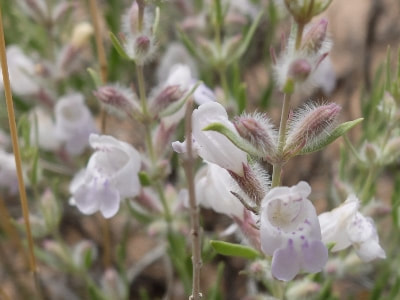
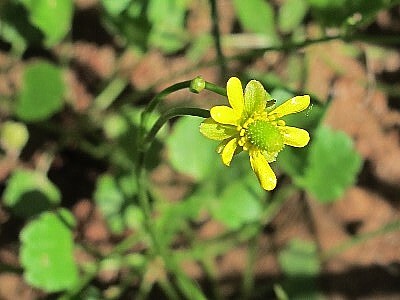
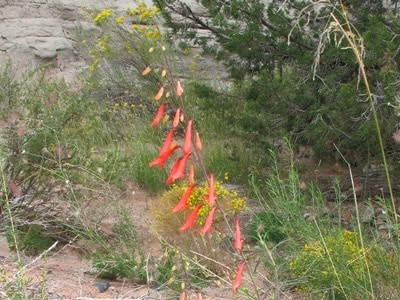
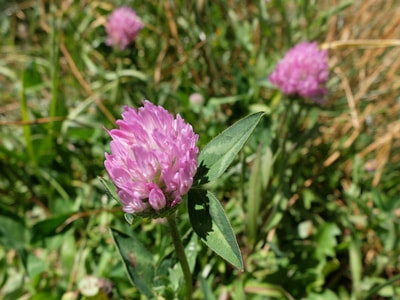
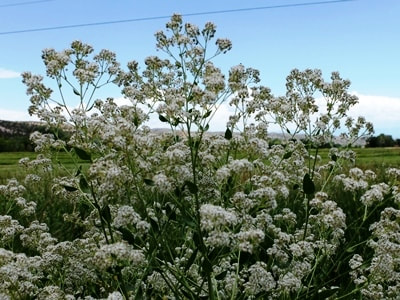

 RSS Feed
RSS Feed